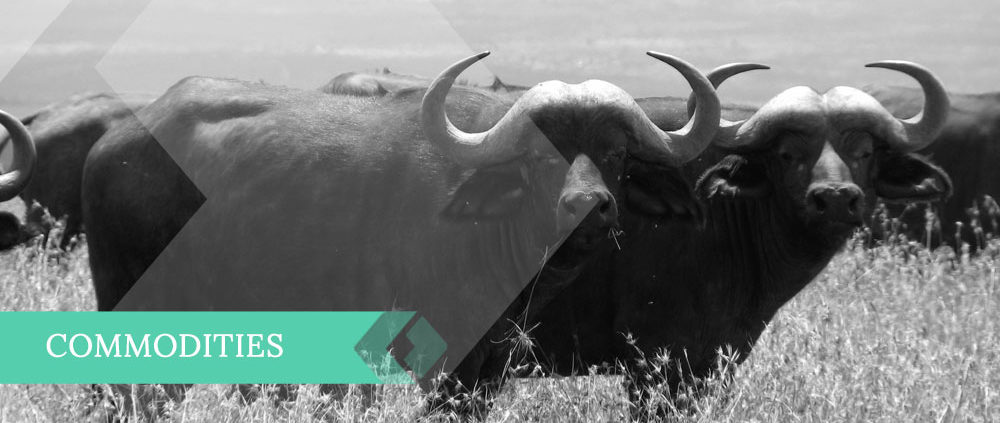Gold-silver spread
To understand the movement of individual precious metals, it’s crucial to understand the inter-relationships between them. An easy way to understand the comparative performances of gold and silver is via the gold-silver ratio (or spread). The ratio is a measure of the number of ounces of silver it takes to buy a single ounce of gold. The ratio was trading at 75.8 as of June 7, 2016.
The gold-silver spread fell significantly in April 2016 as silver rose sharply, leaving gold behind. However, silver’s subsequent fall once again lifted the spread. Gold futures for August expiration fell by 0.02% and closed at $1,247 per ounce. Silver futures for July expiration also fell by 0.32%, closing at $16.4 per ounce.
Technicals
The RSI (relative strength index) for the gold-silver ratio fell to near 30 at the start of May. An RSI level of above 70 indicates that a stock has been overbought and could see a downward revision. An RSI of below 30 indicates that a stock has been oversold and could see an upward revision. Therefore, the ratio rose, as the above graph shows. Thus, the RSI level also rose to approximately 60.
Fluctuations in gold and silver impact funds such as the SPDR Gold Shares (GLD) and the iShares Silver Trust ETF (SLV). These two funds have seen rises of 17.1% and 18.3%, respectively, year-to-date. However, May was a month of heavy losses for most precious metals funds. The VanEck Vectors Gold Miners Fund (GDX) and the Sprott Gold Miners (SGDM) also rose 83% and 81.9%, respectively.
SOURCE: Market Realist



